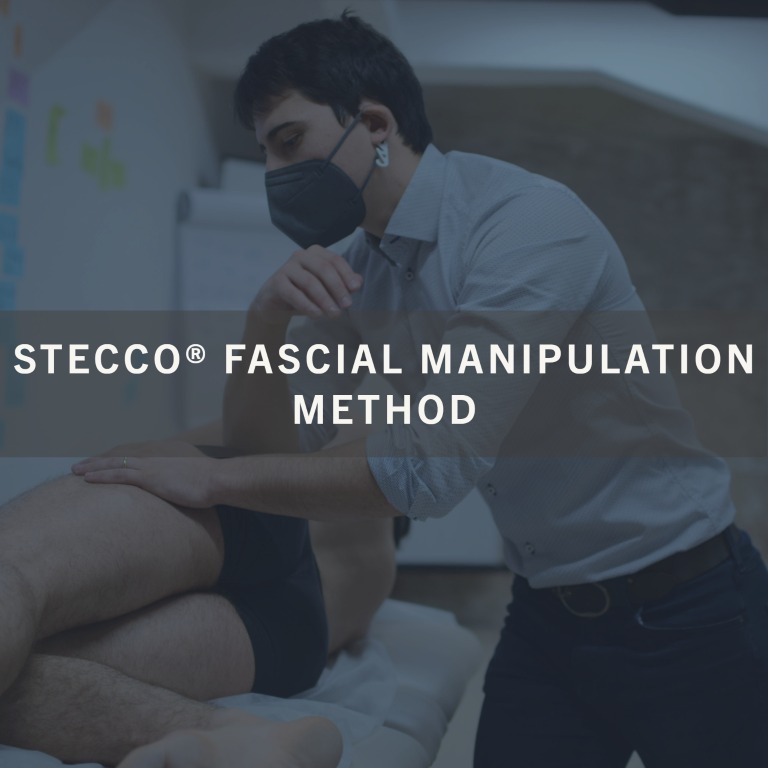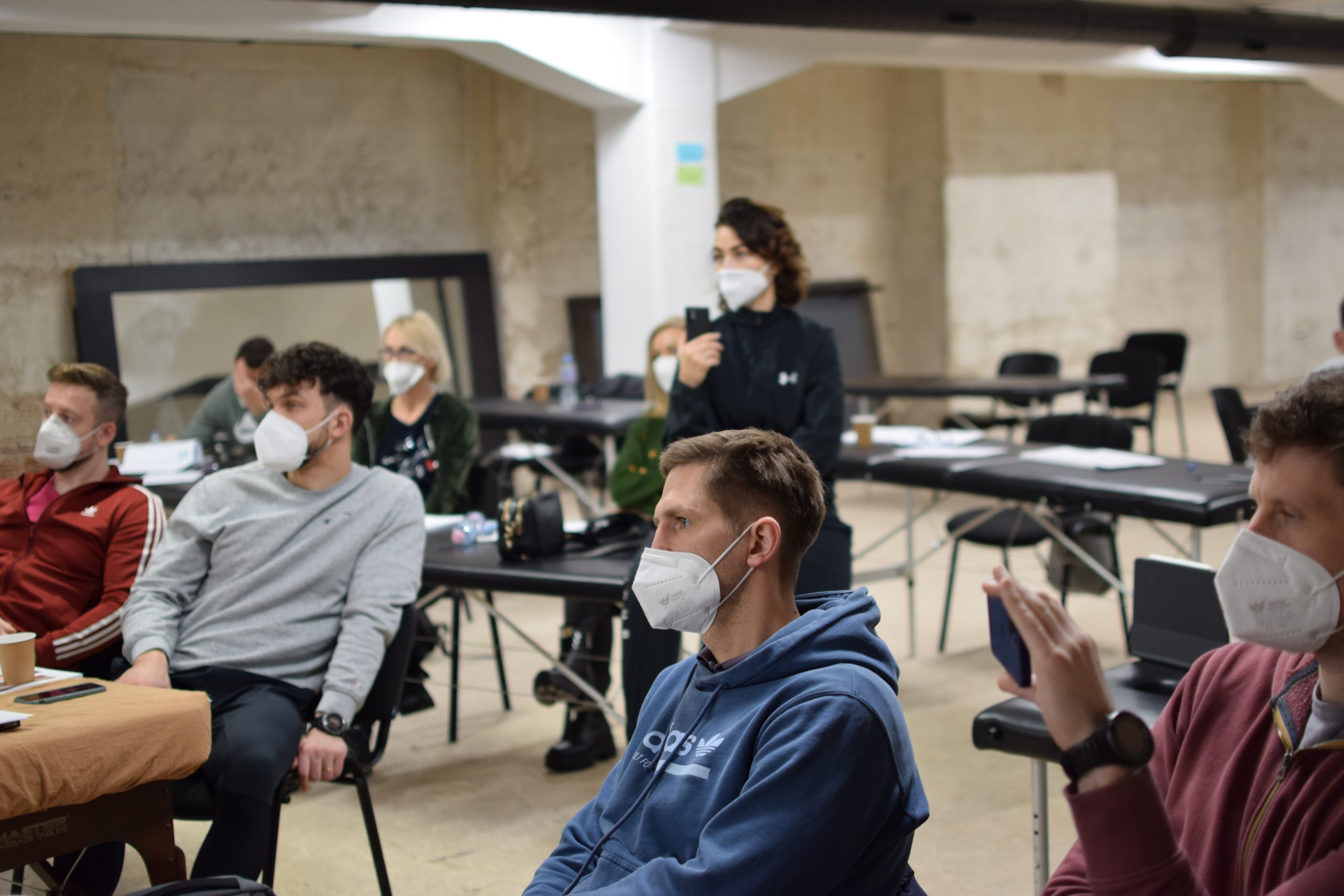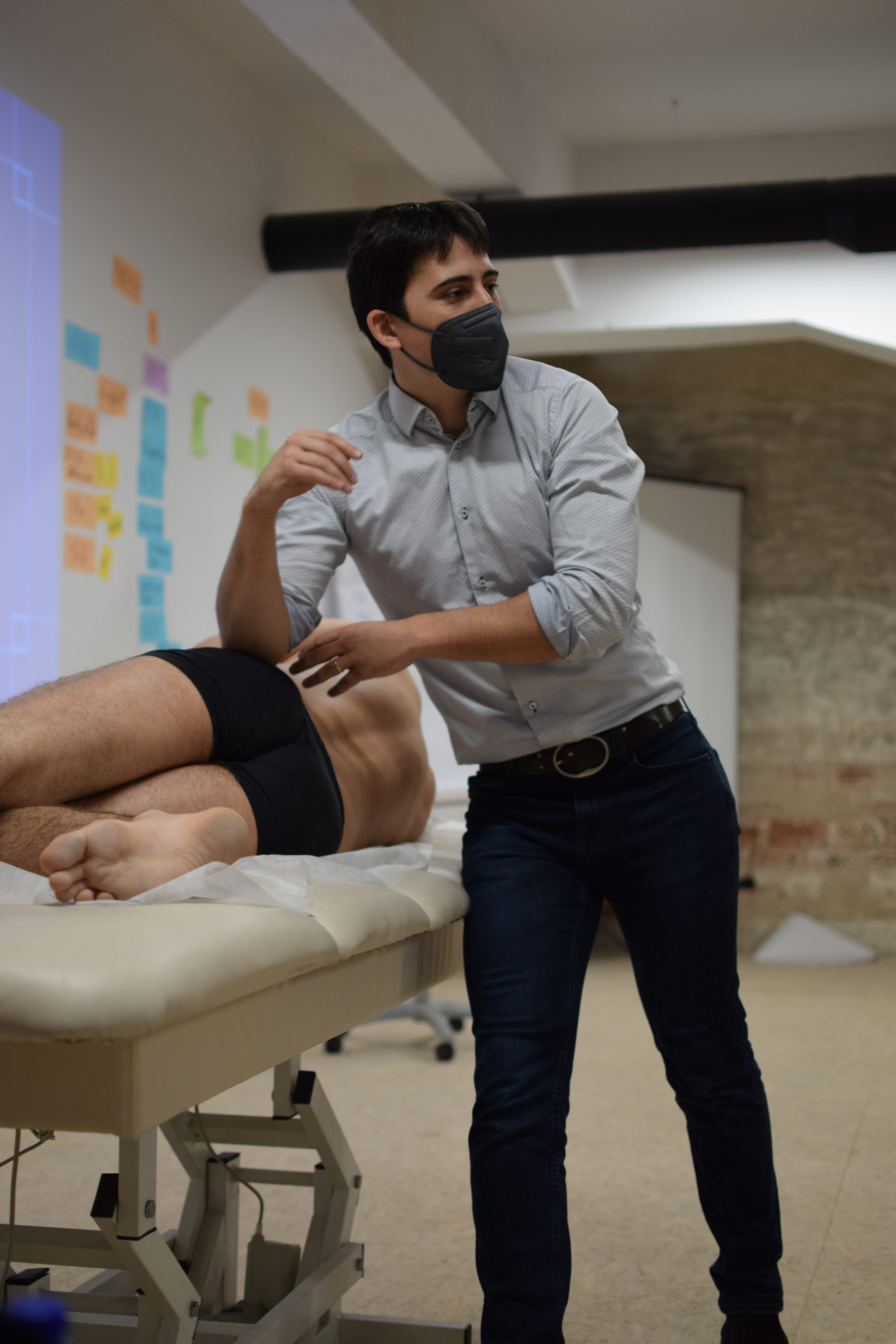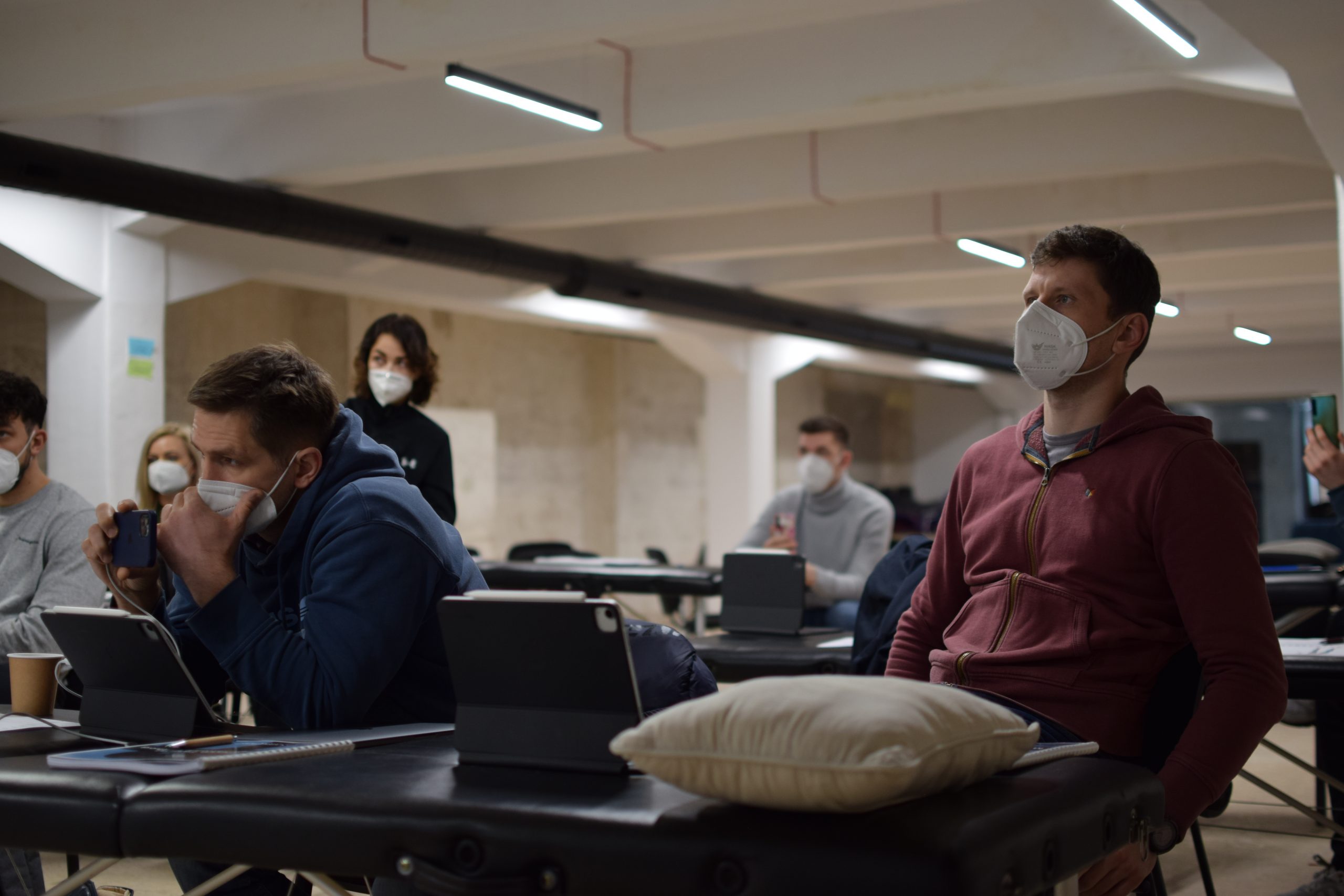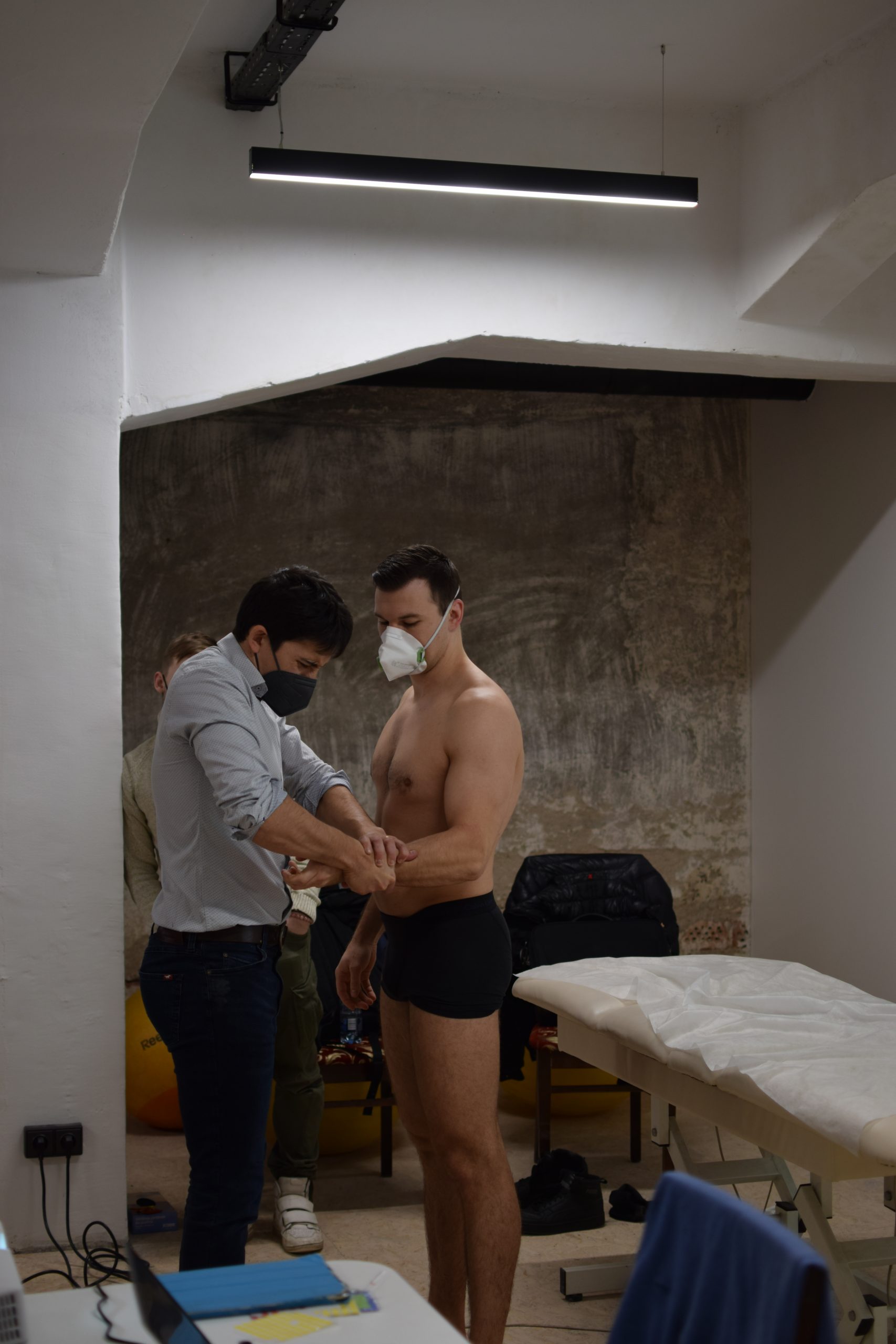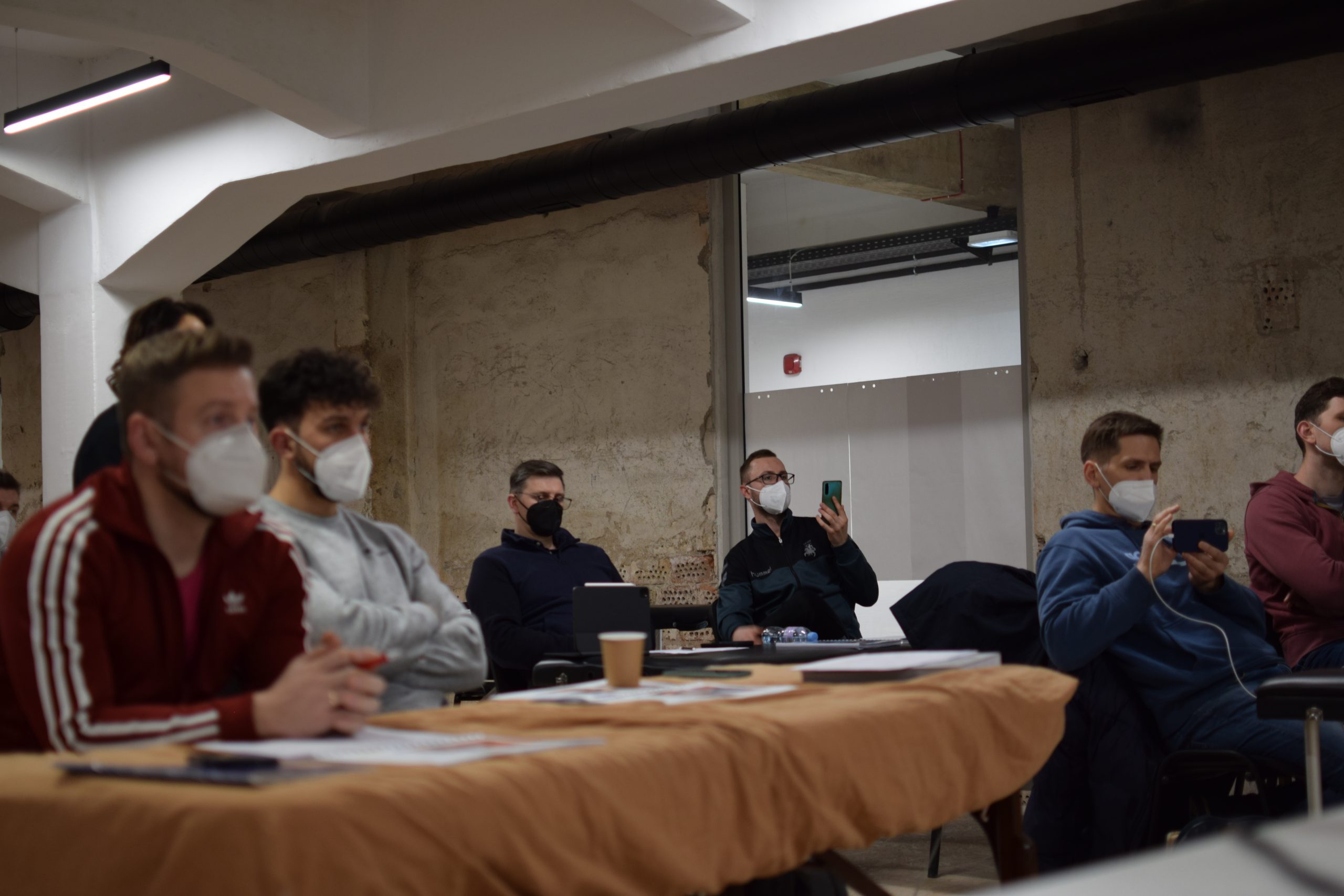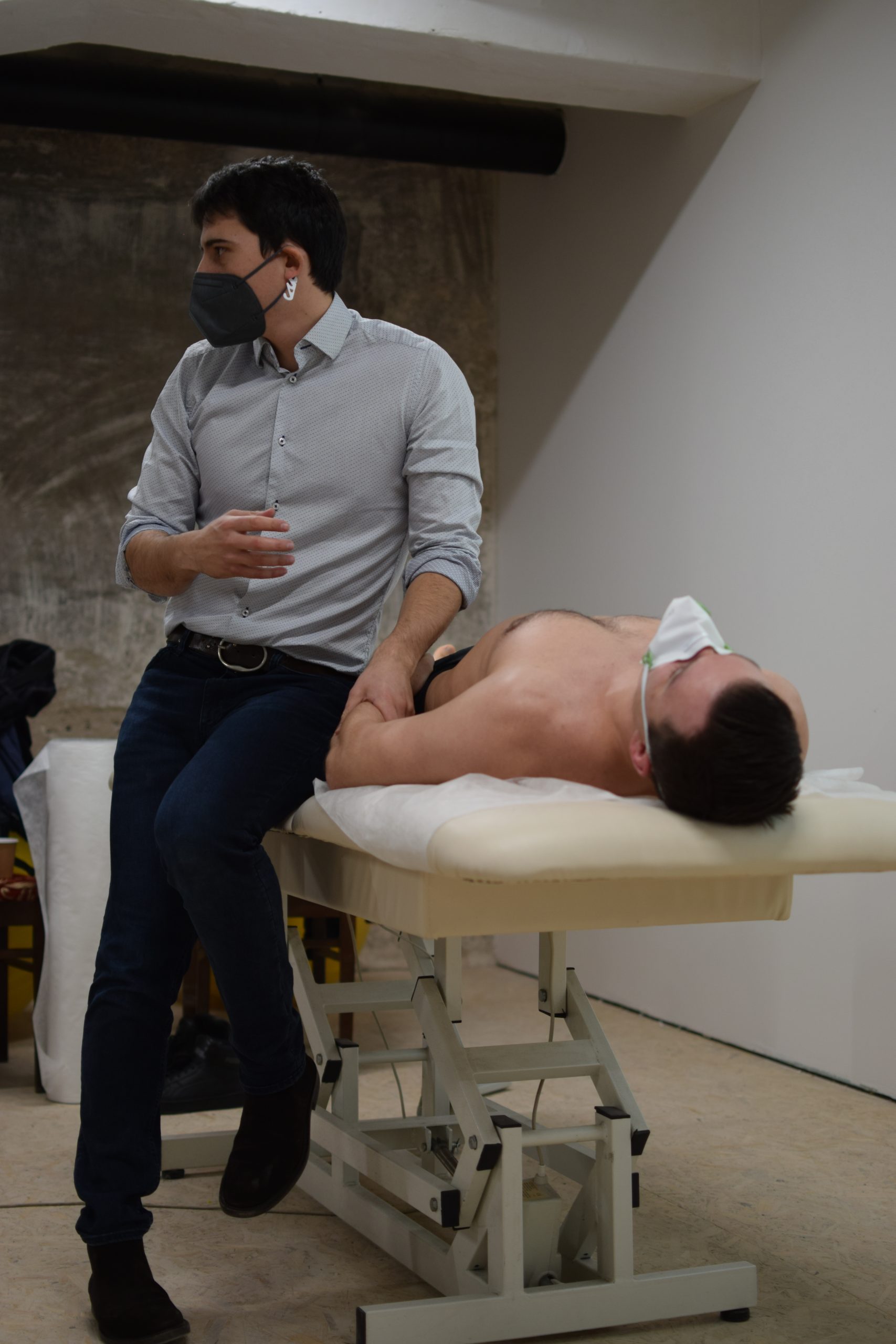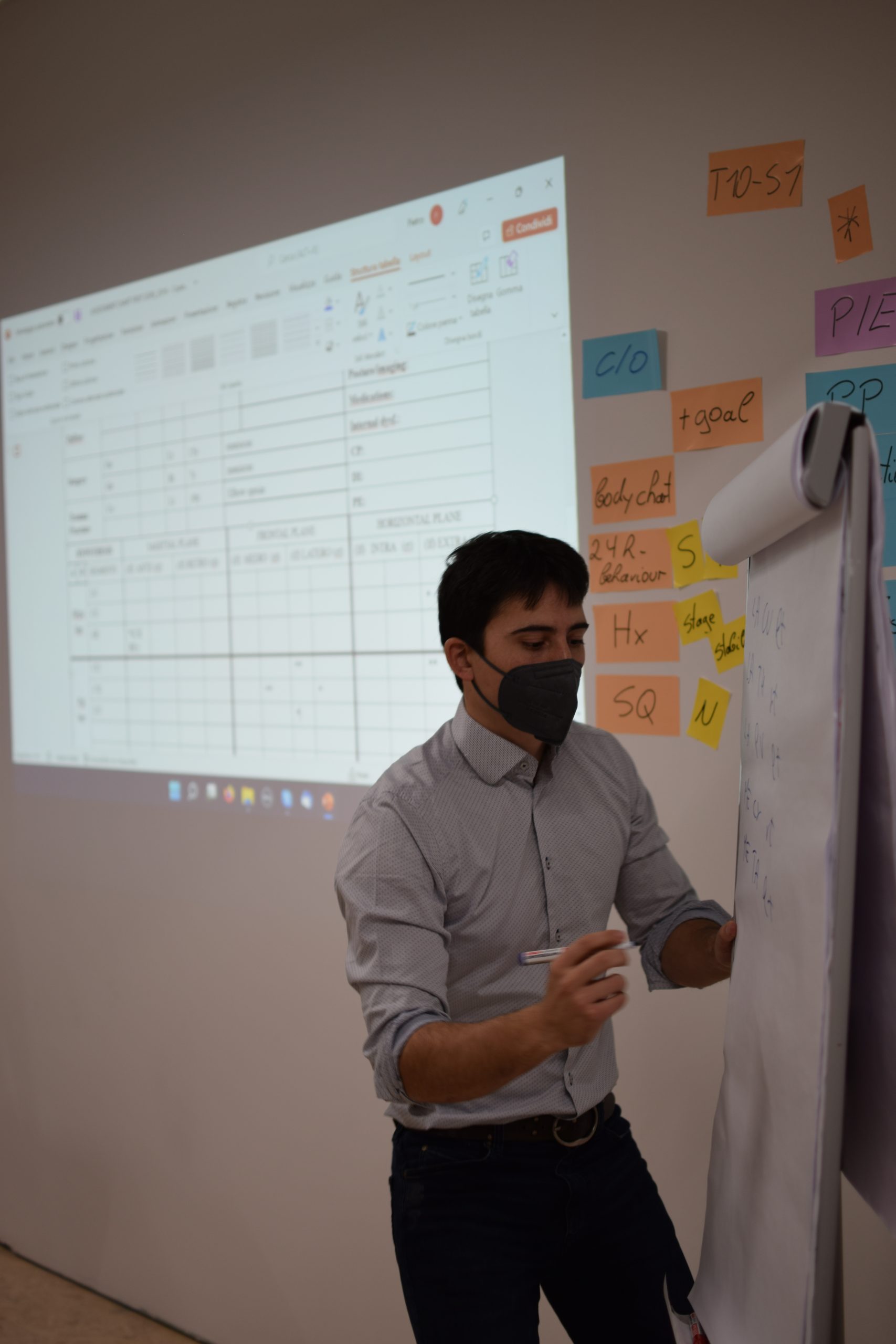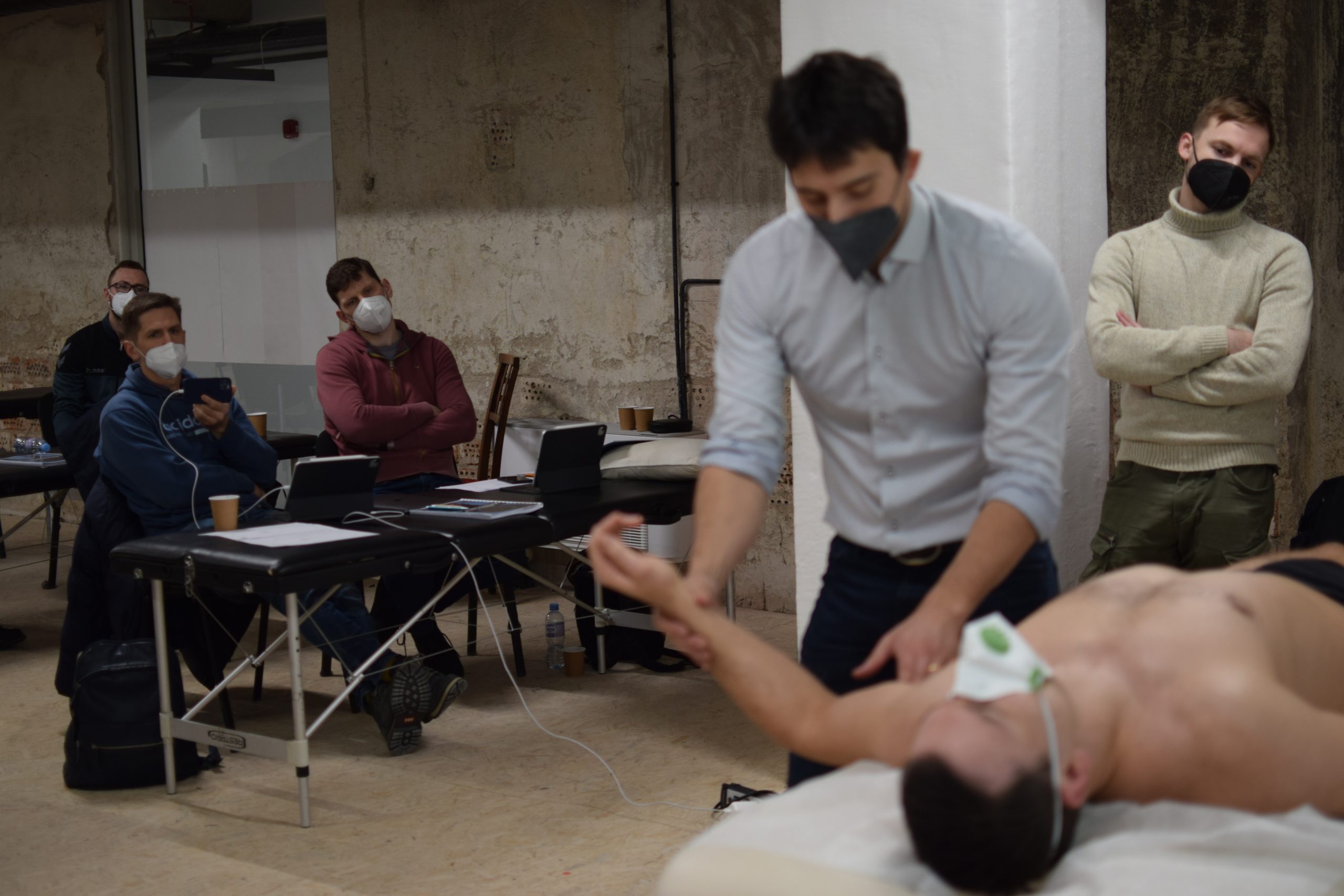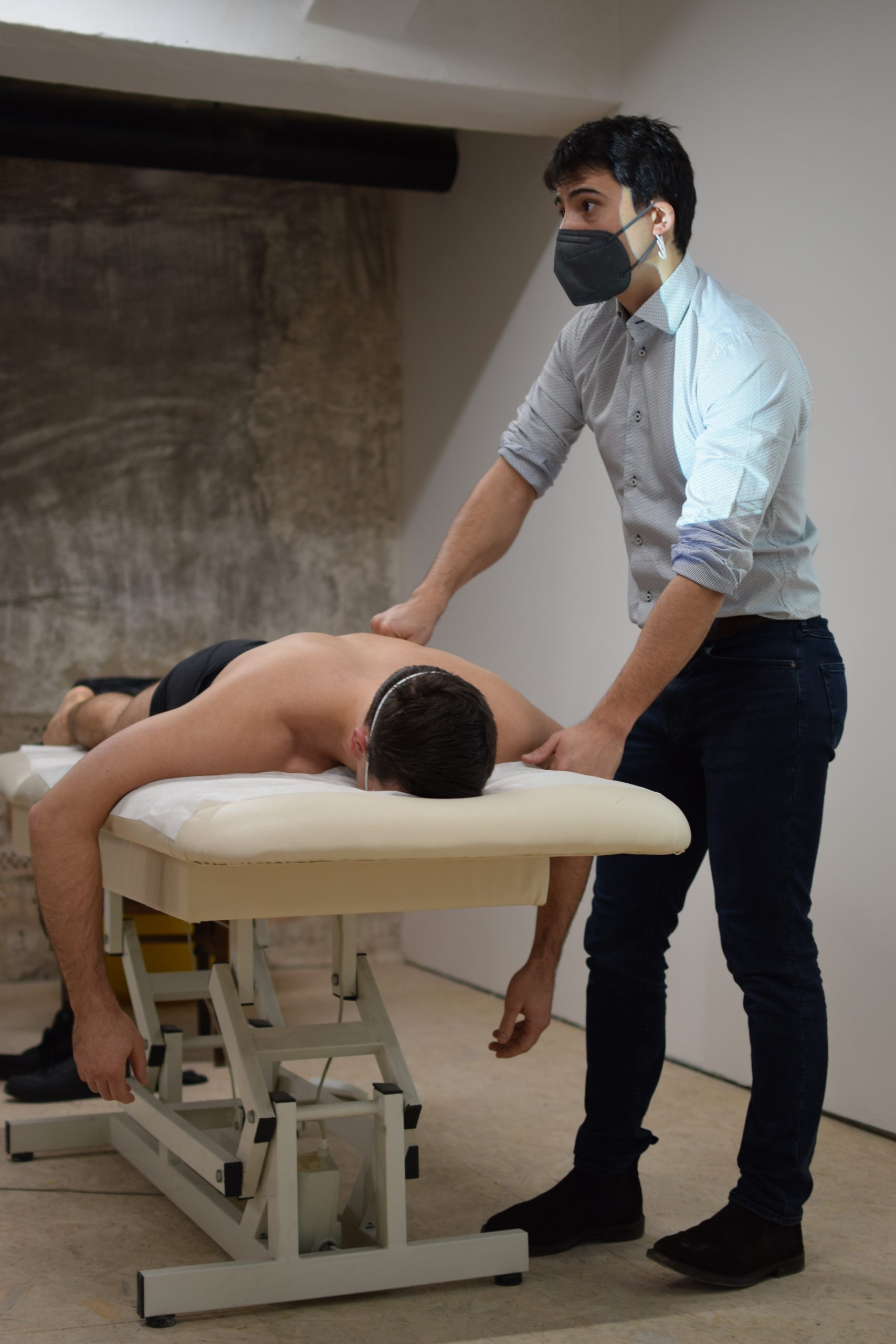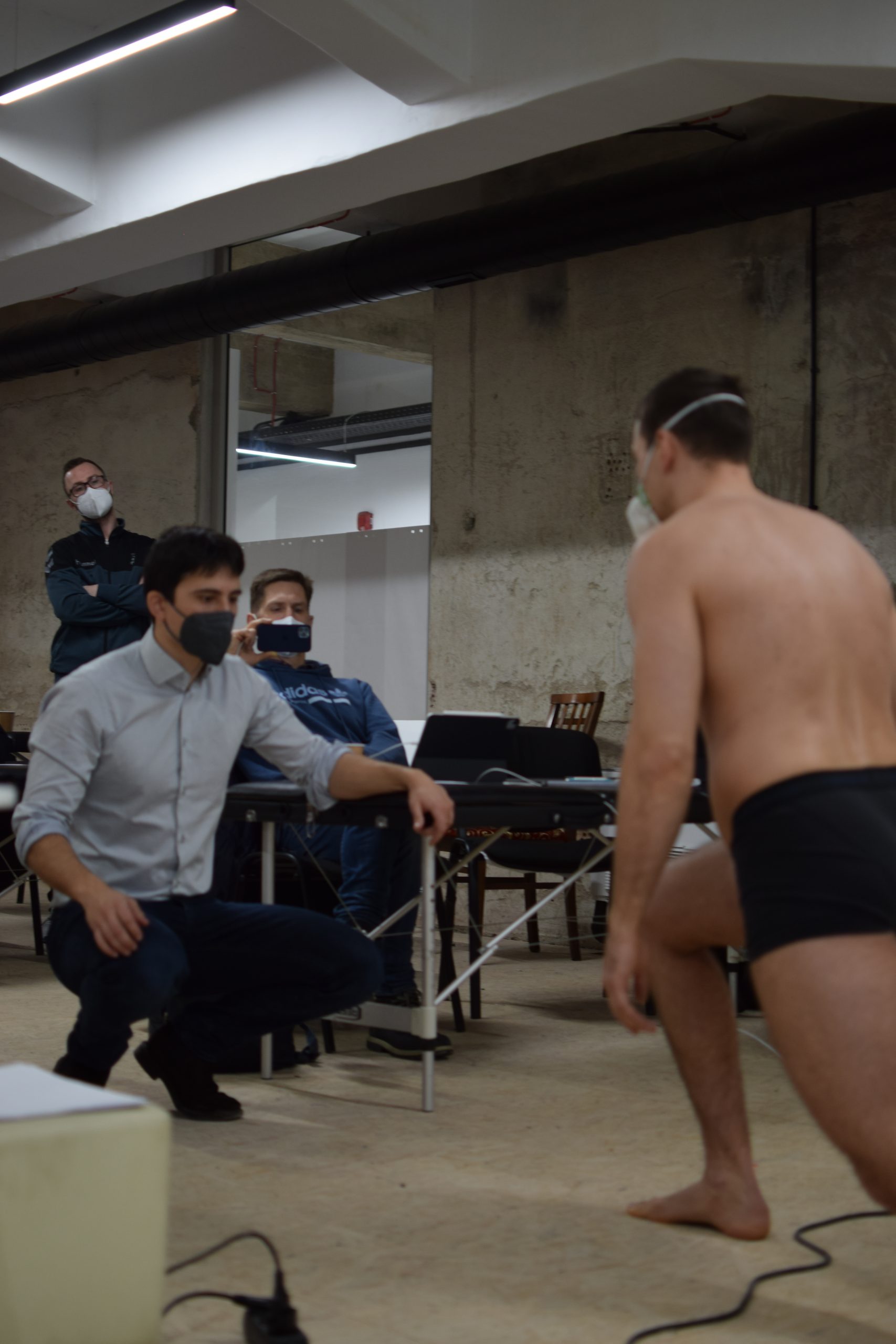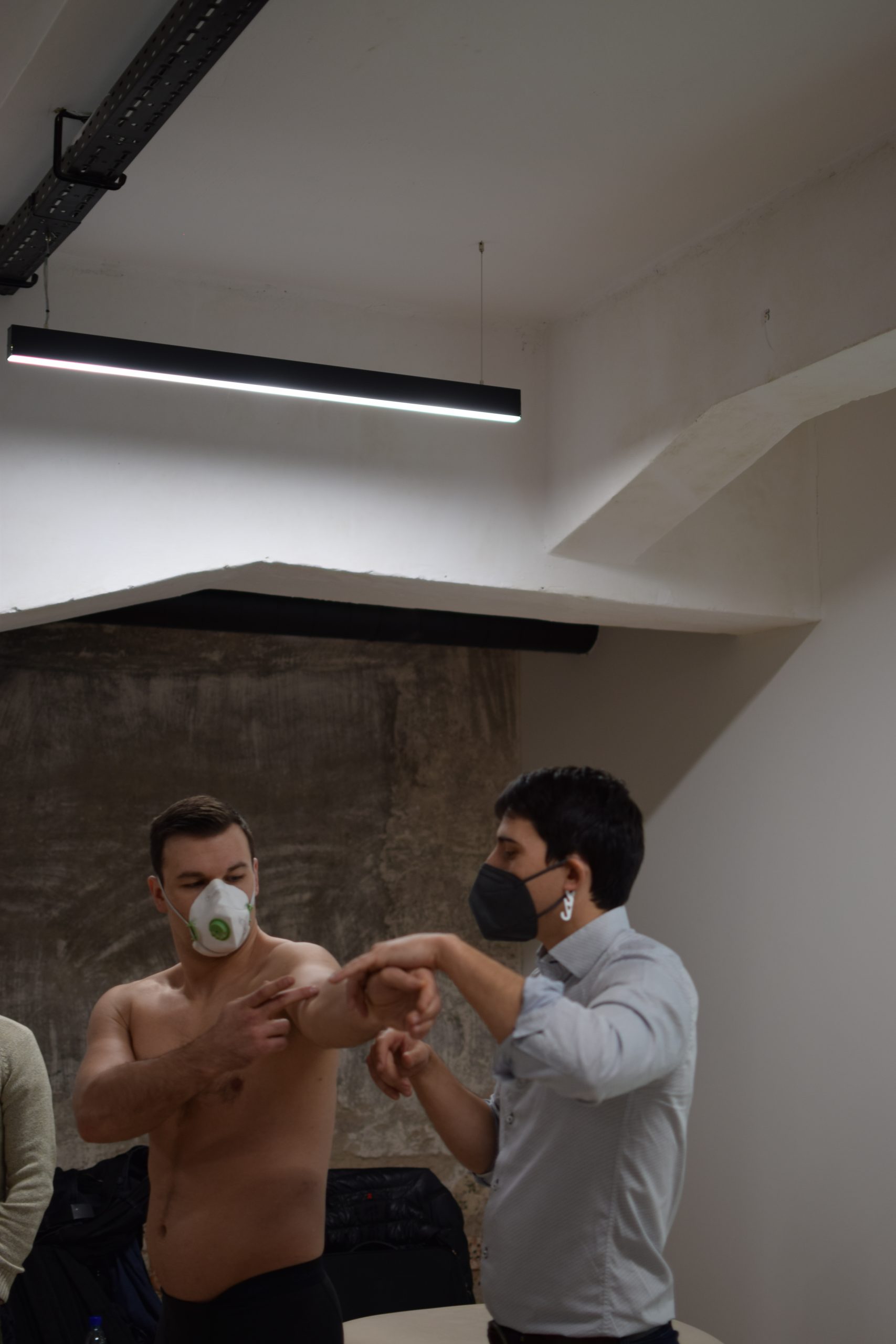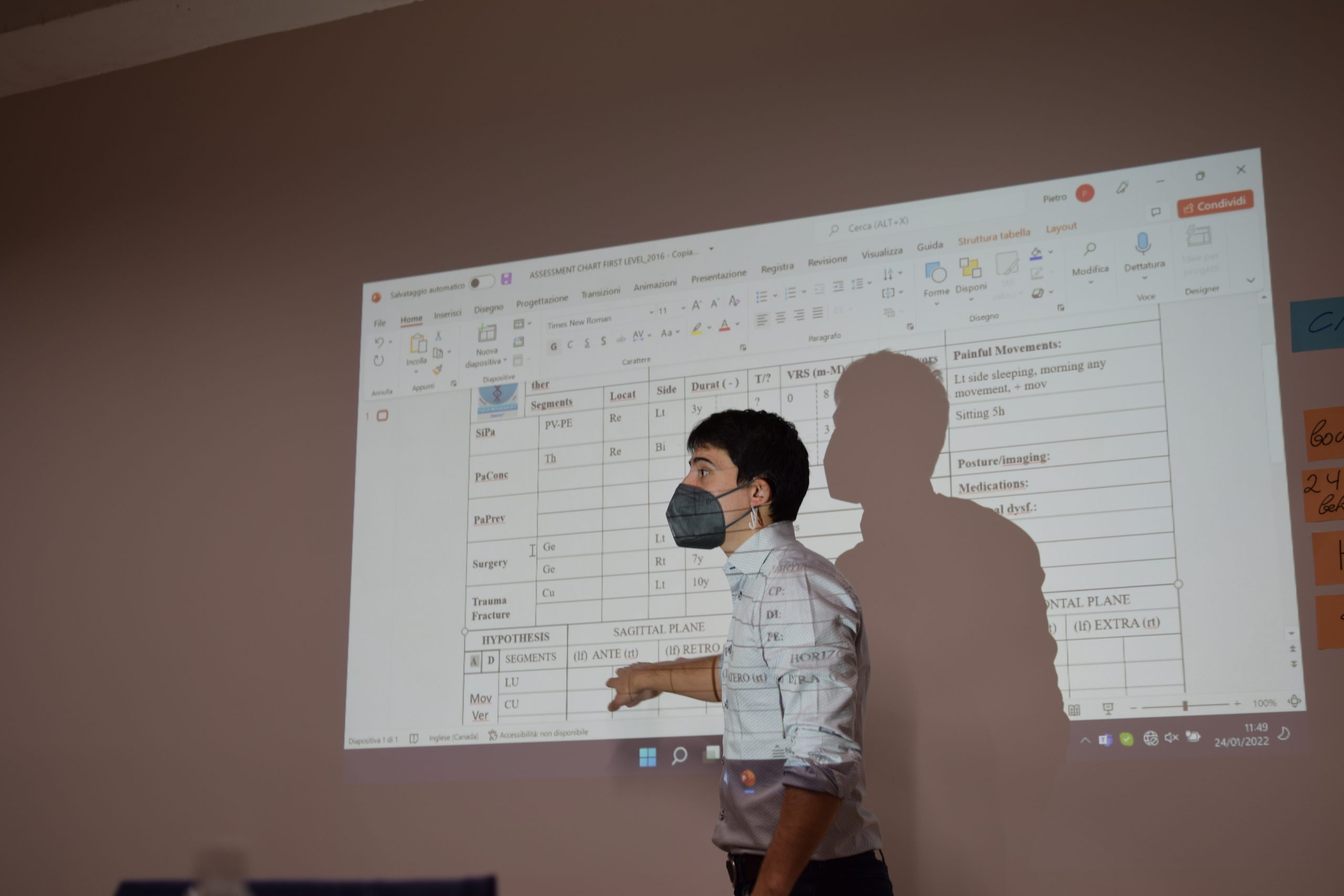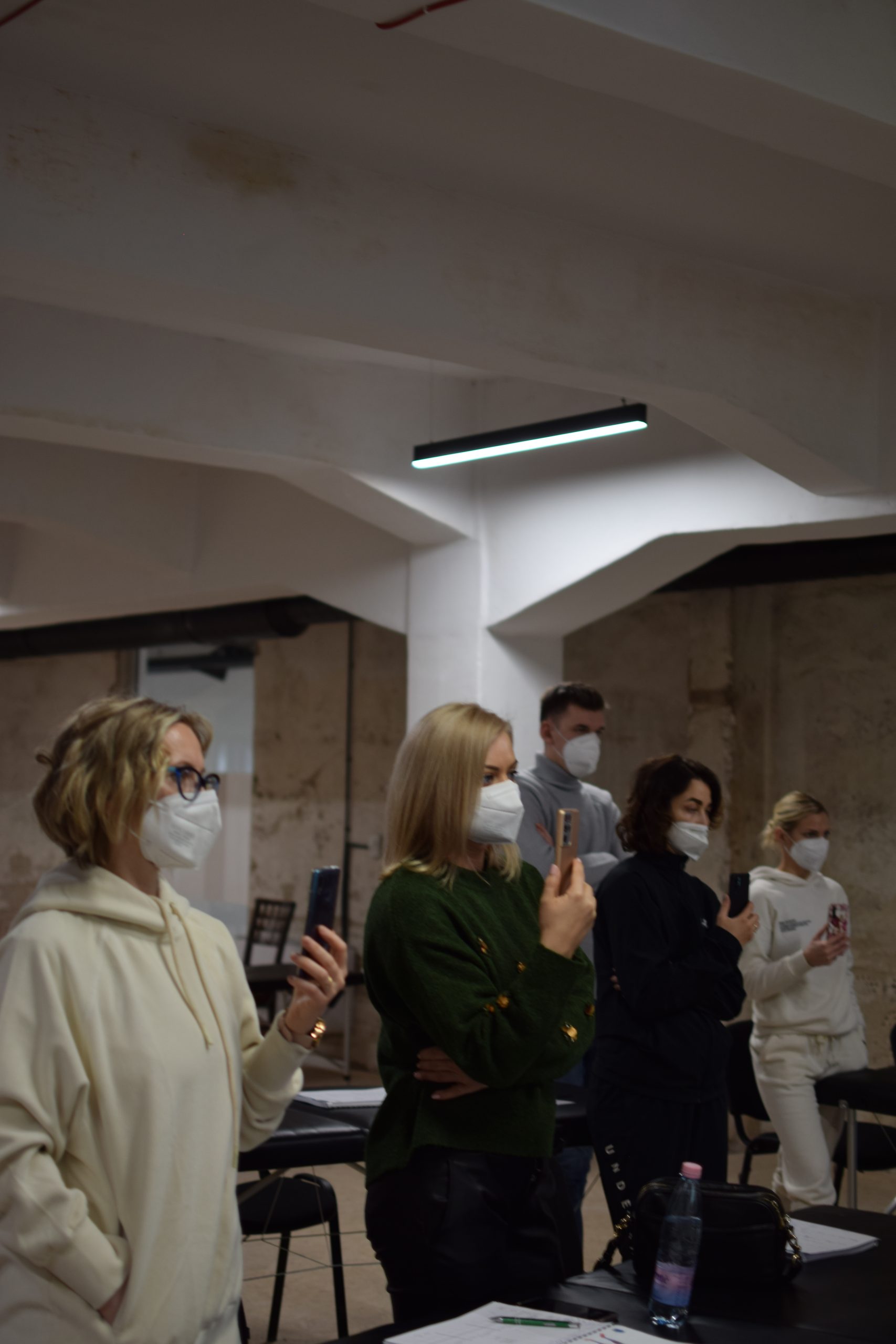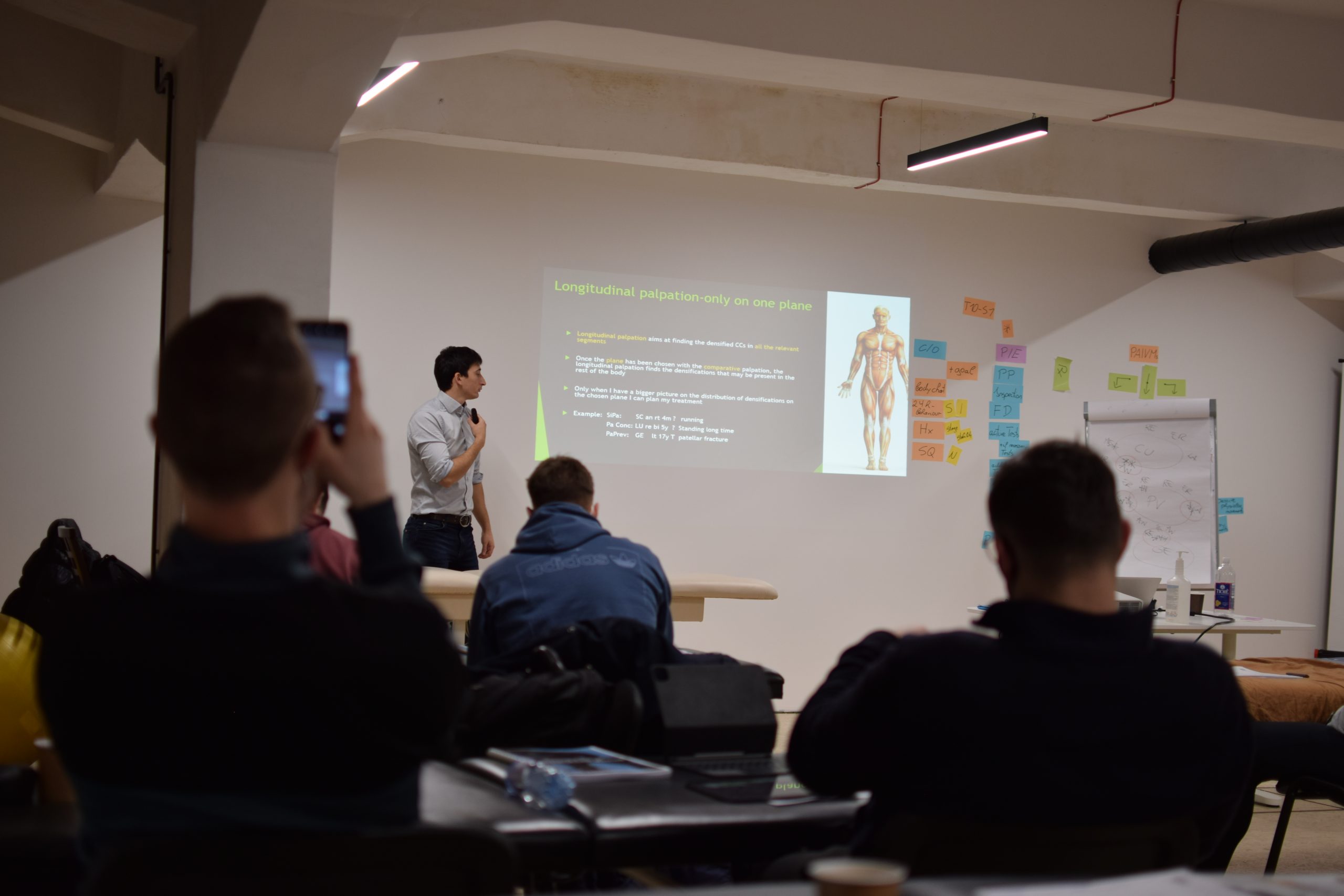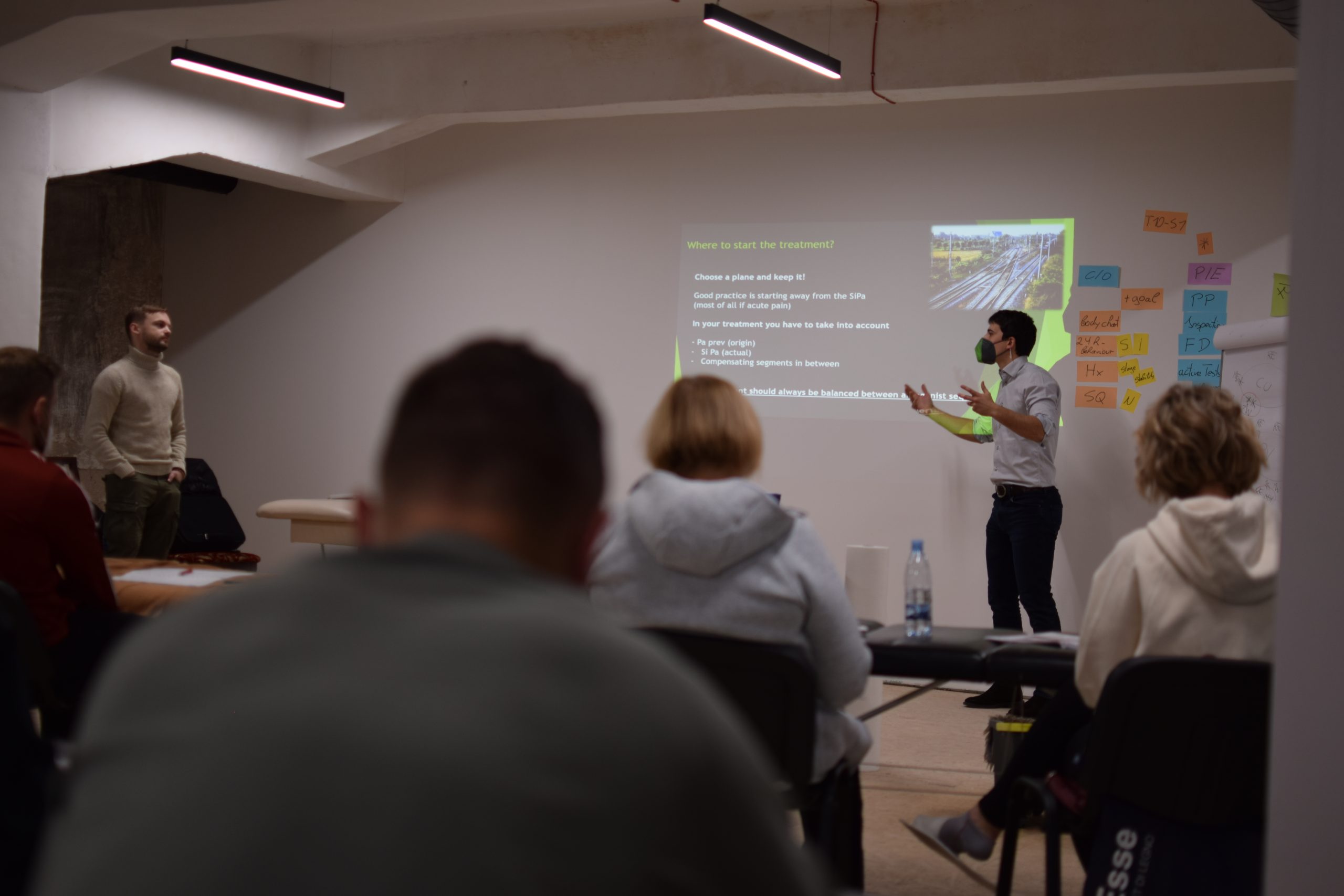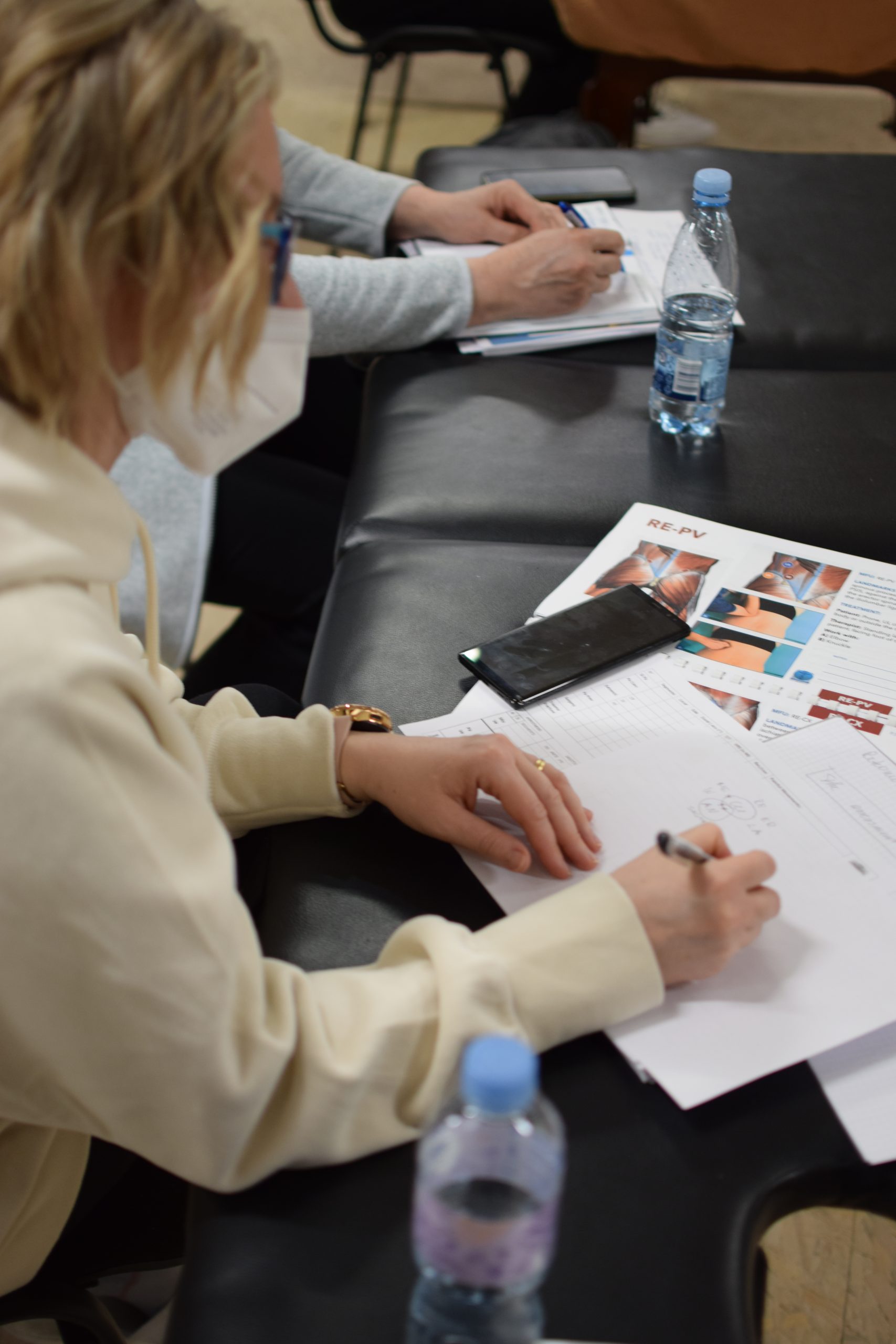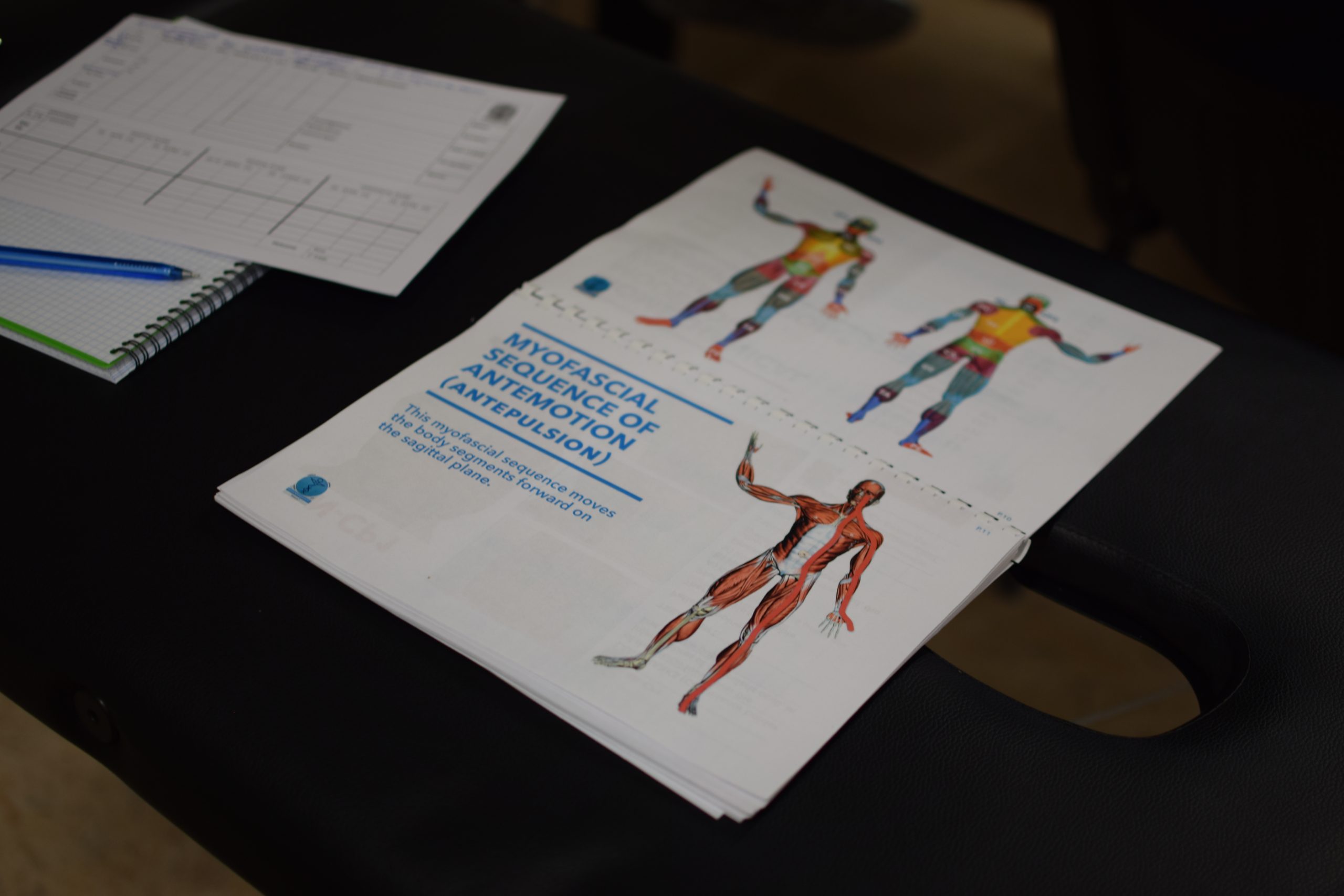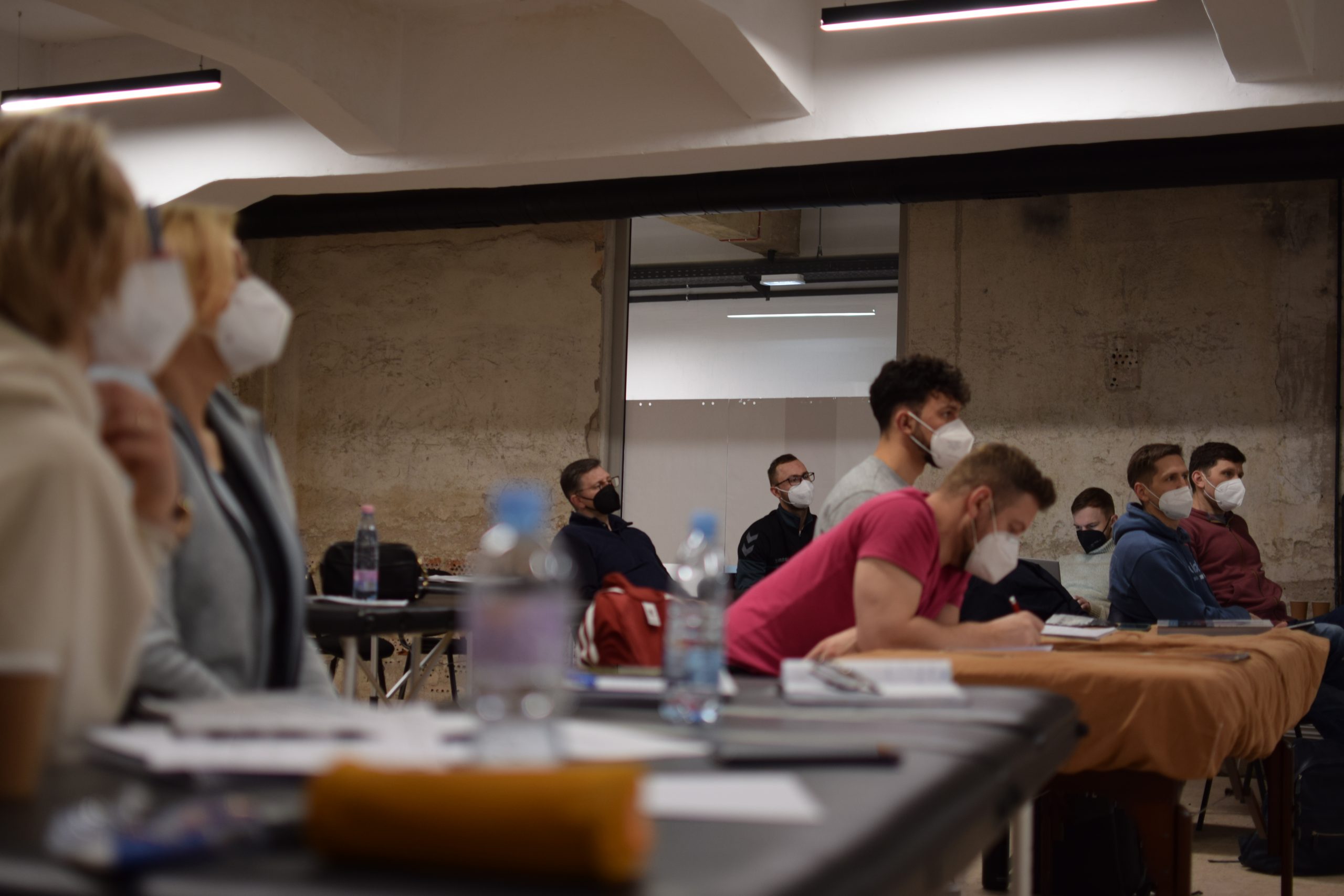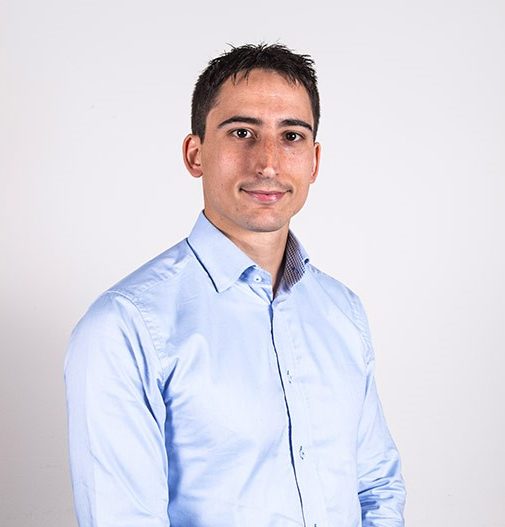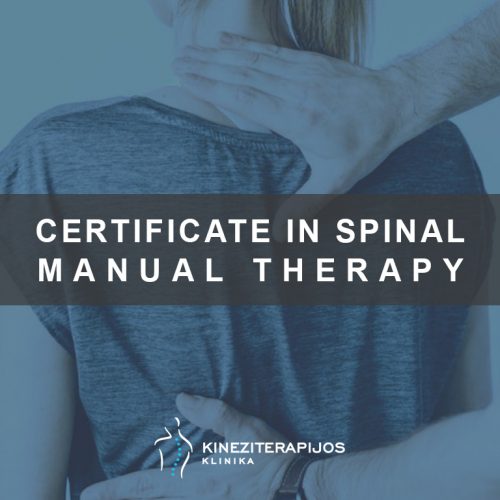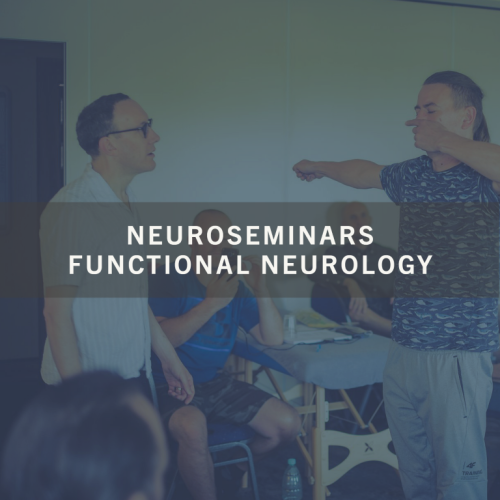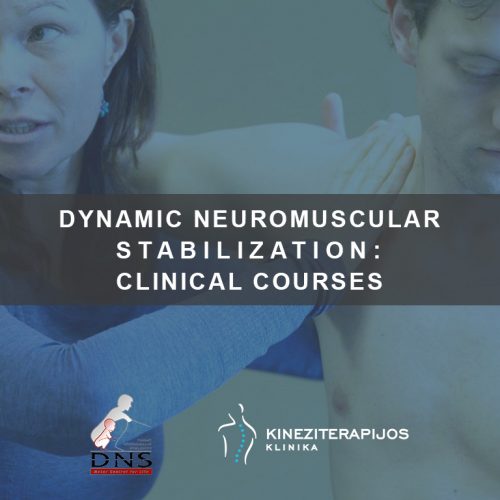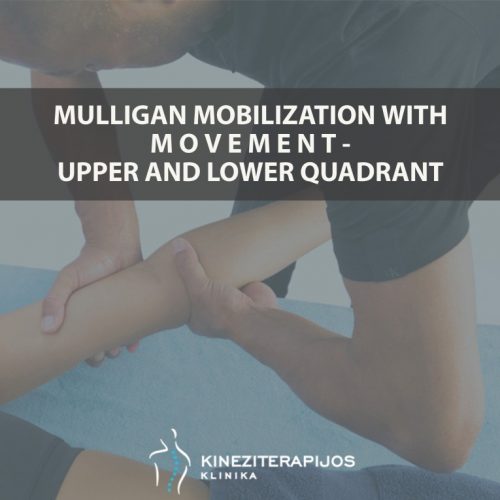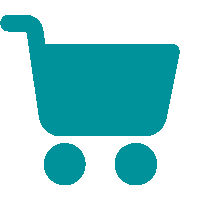FM LEVEL I
Level I Fascial Manipulation® consists of two three-day courses (for 48 hours total) that need to be taken within 4-6 weeks of each other to assure a good understanding of the underlying biomechanical rationale and mastery of the technique. Level I discusses the problems related to dysfunction of the locomotor system, by associating the densification of the Coordination Centers to conditions such as tendinitis, low back pain, lumbar disease, cervicalgia, carpal tunnel, headache and so on. It studies analytically, every Myofascial Unit in the continuity of Myofascial Sequences. The main objective is to develop an understanding of the Coordination Centers (CCs), responsible for the normal function of the monoarticular muscles and synergistic biarticular muscles.
Course program
Day I
8:30 – 9:00 Welcome and Introduction to Course.
9:00 – 9:45 Basic Principles of Fascial Manipulation ©: fascial layers and continuity, histology, innervation.
9:45 – 10:00 Break.
10:00 – 11:15 Basic Principles of Fascial Manipulation (cont) Glossary of terms used in Fascial Manipulation©.
11:15 – 13:00 Sequence of antemotion: upper limb Presentation, demonstration of centres of coordination, movement tests, position of treatment.
13:00 – 14:00 Lunch.
14:00 – 16:00 Sequence of antemotion: head and trunk.
16:00 – 16:15 Break.
16:15 – 18:00 Sequence of antemotion: lower limb.
Day II
8:30 – 9:30 Anatomy of the myofascial unit and mf sequences.
9:30 – 11:00 Sequence of retromotion: head and trunk.
11:00 – 11:15 Break.
11:15 – 13:00 Sequence of retromotion: upper limb.
13:00 – 14:00 Lunch.
14:00 – 14:45 Manipulation of the Fascia – Treatment.
14:45 – 16:00 Sequence of retromotion: lower limb.
16:00 – 16:15 Break.
16:15 – 18:00 Treatment of a patient by instructor – anamnesis, hypothesis, movement tests and palpation verification, treatment, reassessment. Questions.
Day III
8:30 – 10:00 The Assessment Chart for Fascial Manipulation (from anamnesis to hypothesis – abbreviations; from hypothesis to treatment – procedure, verification).
10:00 – 10:45 Sequence of lateromotion: upper limb.
10:45 – 11:00 Break.
11:00 – 11:45 Sequence of lateromotion: upper limb.
11:45 – 13:00 Sequence of lateromotion: lower limb.
13:00 – 14:00 Lunch.
14:00 – 14:45 Sequences of lateromotion: lower limb.
14:45 – 15:30 Sequence of lateromotion: head and trunk.
15:30 – 16:00 Sequence of lateromotion: head and trunk.
16:00 – 16:15 Break.
16:15 – 18:00 Treatment of a patient by instructor – anamnesis, hypothesis, movement tests and palpation verification, treatment, reassessment. Questions.
Day IV
8:30 – 9:15 Manipulation of the Fascia – Treatment.
9:15 – 10:30 Sequence of mediomotion: upper limb.
10:30 – 10:45 Break.
10:45 – 12:00 Sequences of mediomotion: head and trunk.
12:00 – 13:00 Sequence of mediomotion: lower limb.
13:00 – 14:00 Lunch.
14:00 – 15:30 Sequences of extrarotation: upper limb.
15:30 – 15:45 Break.
15:45 – 17:15 Sequence extrarotation: head and trunk.
17:15 – 18:00 Sequences of extrarotation: lower limb.
Day V
8:30 – 9:15 Sequence of extrarotation: lower limb.
9:15 – 10:45 Sequence of intrarotation: upper limb.
10:45 – 11:00 Break.
11:00 – 13:00 Sequence of intrarotation: head and trunk.
13:00 – 14:00 Lunch.
14:00 – 15:30 Sequence of intrarotation: lower limb.
15:30 – 15:50 Assessment Chart for Fascial Manipulation (revision).
15:50 – 16:00 Break.
16:00 – 18:00 Compilation of assessment chart by students hypothesis, movement tests, palpatory verification, and treatment.
Day VI
8:30 – 9:30 Presentation and discussion of cases by students.
9:30 – 10:30 Fascial Manipulation – treatment strategies, progression of treatment, patient advice.
10:30 – 10:45 Break.
10:45 – 13:00 Treatment of a patient by instructor – anamnesis, hypothesis, movement tests and palpation verification, treatment, reassessment. OR Guided case studies based on Assessment charts.
13:00 – 14:00 Lunch.
14:00 – 17:00 Comparative assessment: movement and palpatory assessments of the lower limb, upper limb, head and trunk.
17:00 – 18:00 Exam and Review.
Upcoming courses:
– March 15-17, 2024 (Level I, Part 1)
– April 5-7, 2024 (Level I, Part 2)
Price:
–749 Eur.
-Early bird registration is until the 1st of January. The price is 679 Eur.

